Table of Contents
In the ever-evolving landscape of battery technologies, the lithium-ion battery stands tall as the reigning champion in commercial applications, boasting the highest energy density available today. This dominance is particularly evident in electric vehicles (EVs), where a long driving range per charge is crucial, and lithium-ion batteries deliver just that.
The Cost-Efficiency Dilemma: Lithium-ion vs. Lead-Acid
However, this prowess comes at a cost—both literally and figuratively. Lithium-ion batteries, while providing exceptional energy density, are substantially more expensive than their lead-acid counterparts, which are three to six times cheaper. The trade-off here is clear: lead-acid batteries may reduce costs for consumers, but they sacrifice the vehicle’s mileage per charge significantly.
Decoding the Superiority of Lithium-ion Batteries
The heart of a lithium-ion battery lies in its composition, featuring materials like lithium nickel-cobalt-manganese oxide (NMC) as the positive electrode (cathode) and graphite as the negative electrode (anode), coupled with flammable organic compounds-based liquid electrolytes. Understanding the flow of lithium ions (Li+) between the cathode and anode during charging and usage reveals the magic behind the high energy densities of these batteries.
Cost Challenges: The Lithium and Cobalt Conundrum
The elevated cost of lithium-ion batteries stems from the scarcity of lithium and the high cost of cobalt, a key component in the NMC cathode. Lithium, a rare element in the Earth’s crust, faces production challenges from brine or mineral extraction, with Australia and South American countries leading the charge. Similarly, cobalt’s scarcity and geopolitical sensitivity, particularly in the Democratic Republic of Congo, contribute to the cost challenges.
Sodium-ion Batteries: A Viable Alternative?
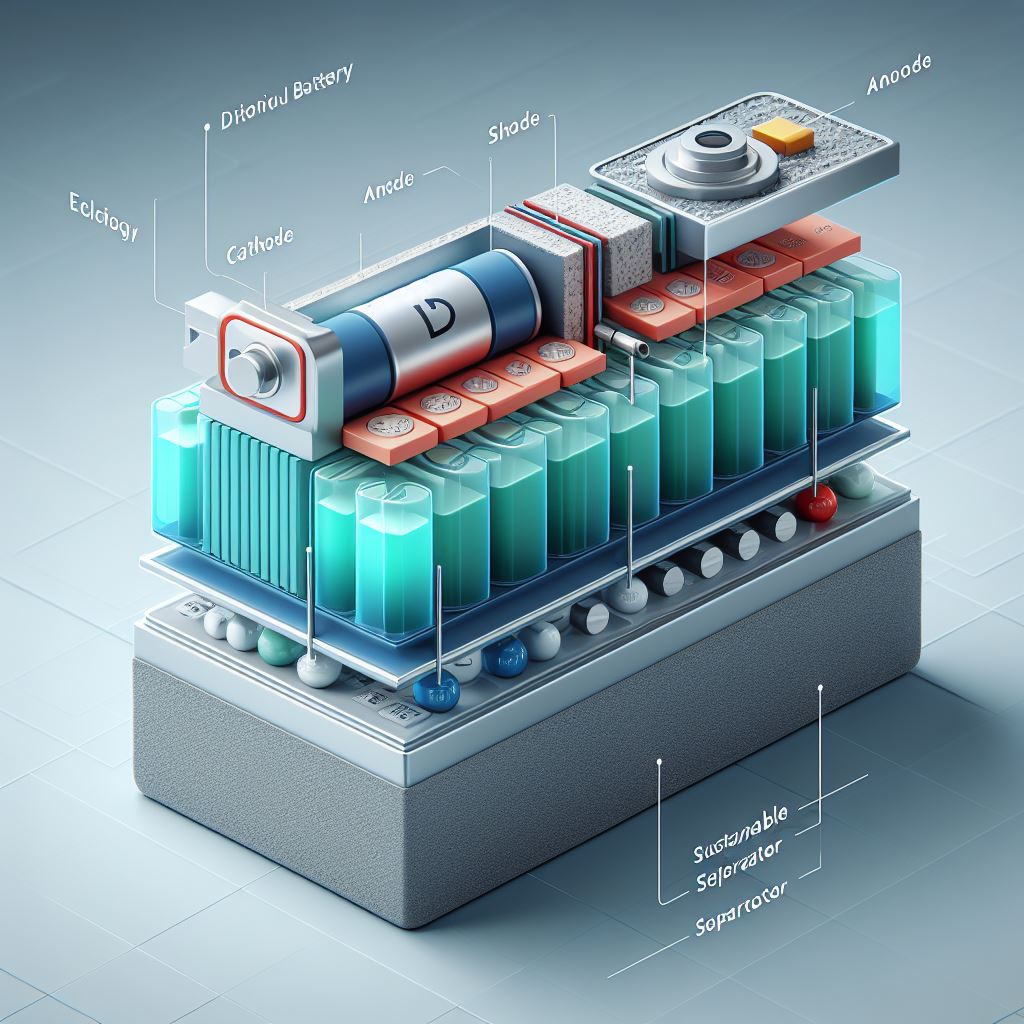
Can we create batteries with lithium-ion benefits while using more abundant materials? The answer may lie in sodium-ion batteries. Functioning similarly to lithium-ion batteries but with sodium compounds replacing lithium, sodium-ion batteries tap into the Earth’s sixth most abundant element—sodium. With vast global reserves and even presence in seawater, sodium ensures a stable and infinite supply, a stark contrast to the uncertainties associated with lithium and cobalt.
Sodium-ion Batteries: A Rising Star
Research interest in sodium-ion batteries surged around 2011 as a response to limited lithium resources. Unlike their lithium counterparts, sodium-ion batteries focus on using earth-abundant elements. Faradion, a pioneer in sodium-ion battery technology, has patented cathodes using nickel and manganese oxides without costly cobalt, showcasing comparable energy densities to NMC lithium-ion cathodes.
Safety and Efficiency: Sodium-ion’s Winning Formula
The use of “hard carbon” as a carbon-based anode and thermally stable solvents in sodium-ion batteries enhances safety and eliminates the risk of fire, a common concern with lithium-ion batteries. Moreover, sodium-ion batteries can be safely discharged to zero energy, providing a notable advantage over lithium-ion batteries, which require careful handling due to their inherent instability at low voltages.
Sodium-ion vs. Other Battery Technologies
Comparing lead-acid, lithium-ion, and sodium-ion batteries reveals intriguing differences. Sodium-ion technology emerges as an excellent choice for applications requiring moderate energy densities, offering a cost similar to lead-acid batteries but with 3-4 times the driving range.
| Battery Type | Cost | Energy Density | Safety | Materials | Cycling Stability | Efficiency | Temperature Range |
|---|---|---|---|---|---|---|---|
| Lithium-ion | High | Low | Moderate | Toxic | Moderate (high self-discharge) | Low (< 75%) | -40°C to 60°C |
| Sodium-ion | Low | High | High | Earth-abundant | High (negligible self-discharge) | High (> 90%) | -25°C to 40°C |
| Lead-acid | Low | Low | Moderate | Scarce | Moderate/High | High (negligible self-discharge) | -40°C to 60°C |
India’s Opportunity: Sodium-ion Battery Manufacturing
Looking ahead, sodium-ion batteries present a unique opportunity for India to establish manufacturing dominance. Unlike lithium-ion batteries, where China controls worldwide manufacturing capabilities, sodium-ion batteries remain untapped. With identical manufacturing processes for sodium and lithium-ion batteries, India can leverage attractive governmental policies to create sodium-ion supply-chain clusters, potentially leading the industry globally.
A Visionary Move: India’s E-Mobility Policy
Prime Minister Narendra Modi’s ambitious e-mobility policy aligns perfectly with the potential manufacturing dominance in sodium-ion batteries. Dr. Ashish Rudola, a battery scientist at Faradion, emphasizes the rapid technological maturity achieved in just eight years. With continued development, sodium-ion batteries could soon match the energy densities of NMC-based lithium-ion batteries, offering a realistic breakthrough into the long-range EV market.
In conclusion, sodium-ion batteries emerge not only as a technological contender but also as a strategic move for India in the global clean transportation revolution. As the world shifts towards sustainable energy solutions, sodium-ion batteries could position India at the forefront of innovation and manufacturing, setting the stage for a future driven by efficient and eco-friendly electric mobility.
Related Posts


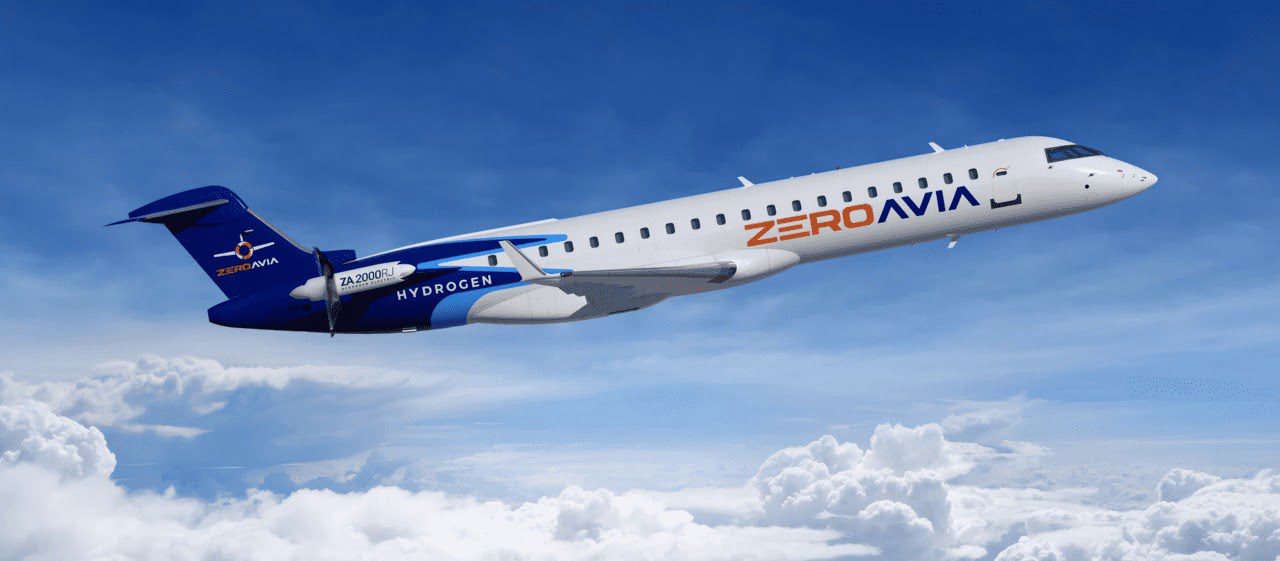


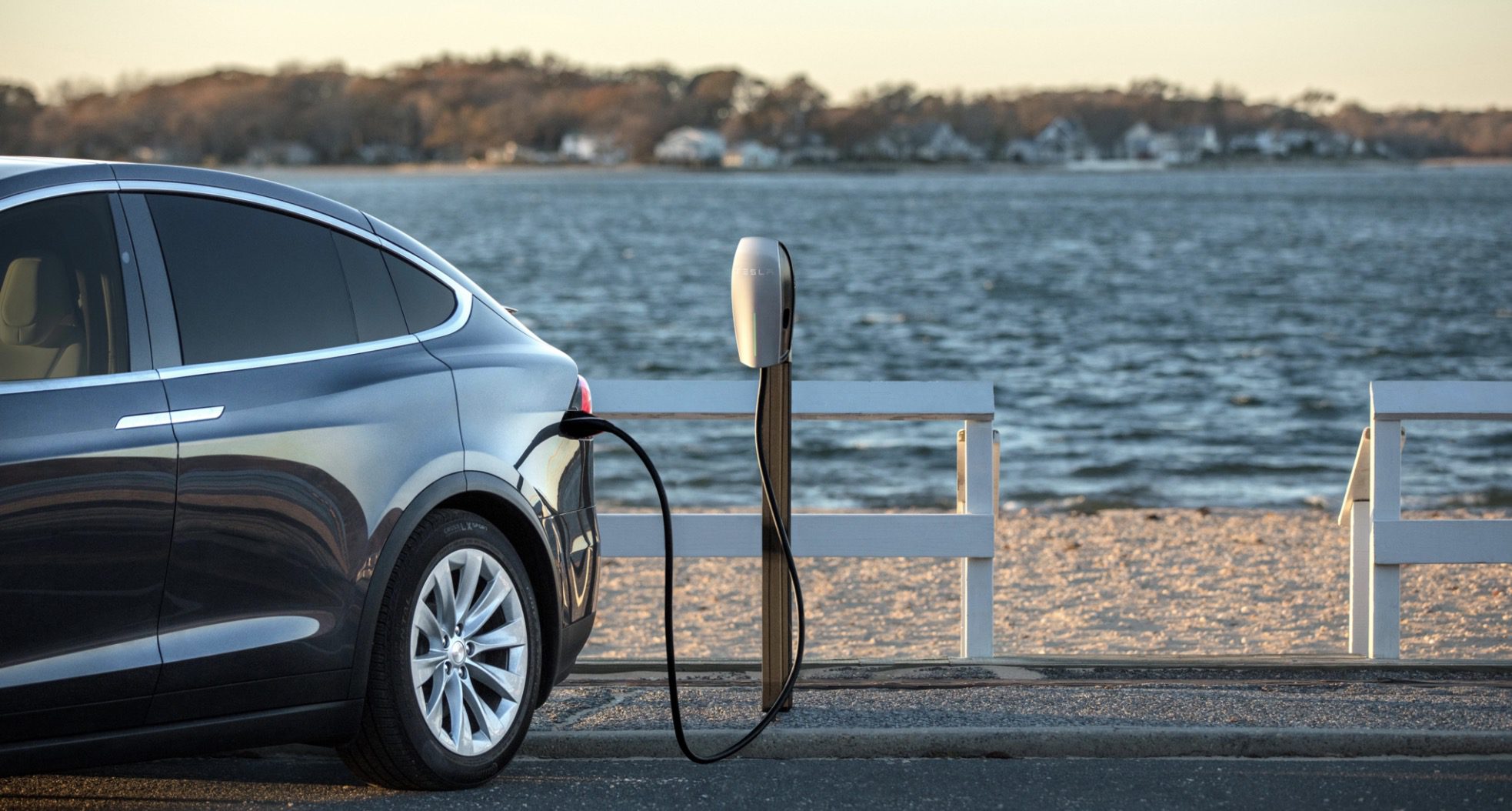
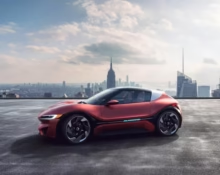

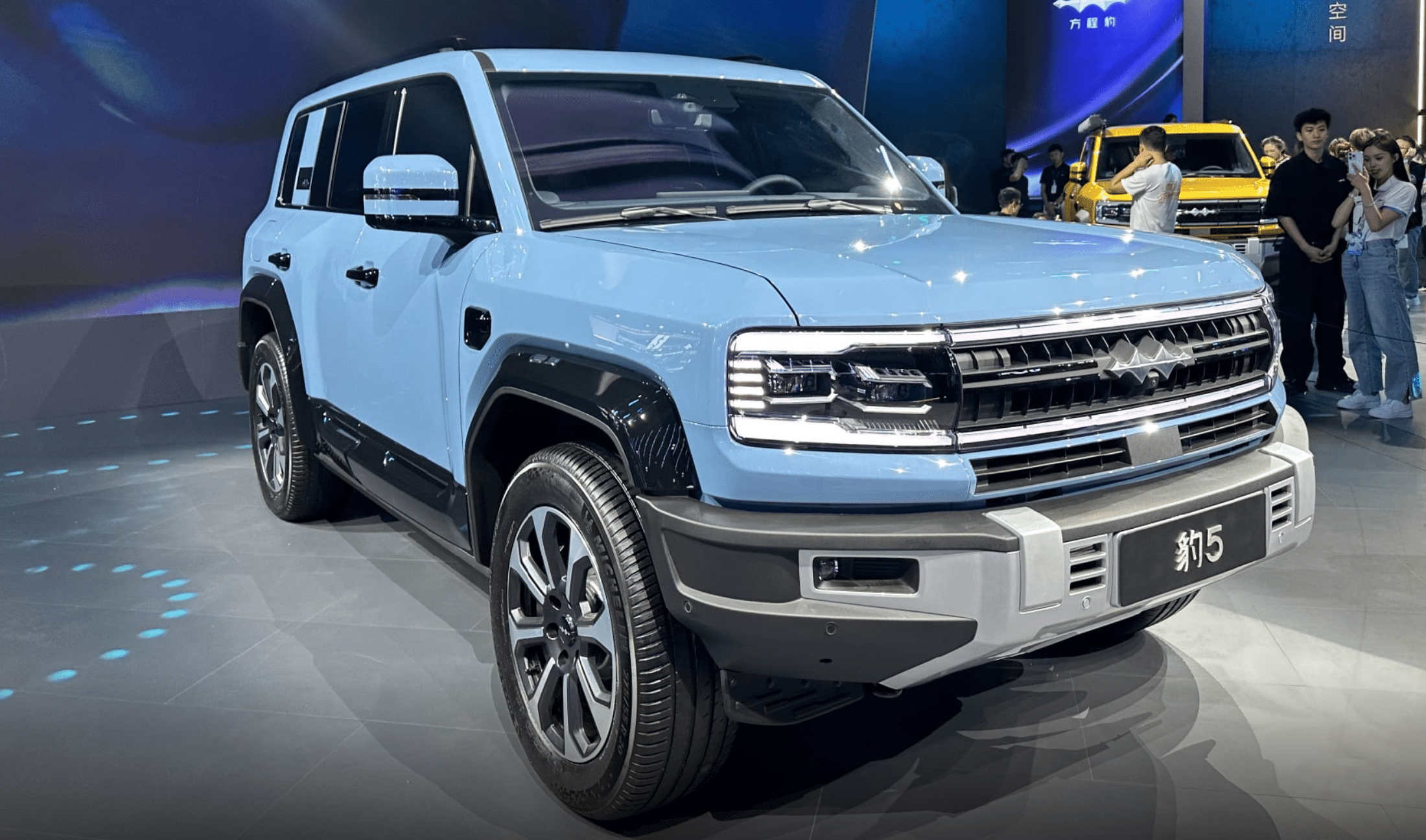
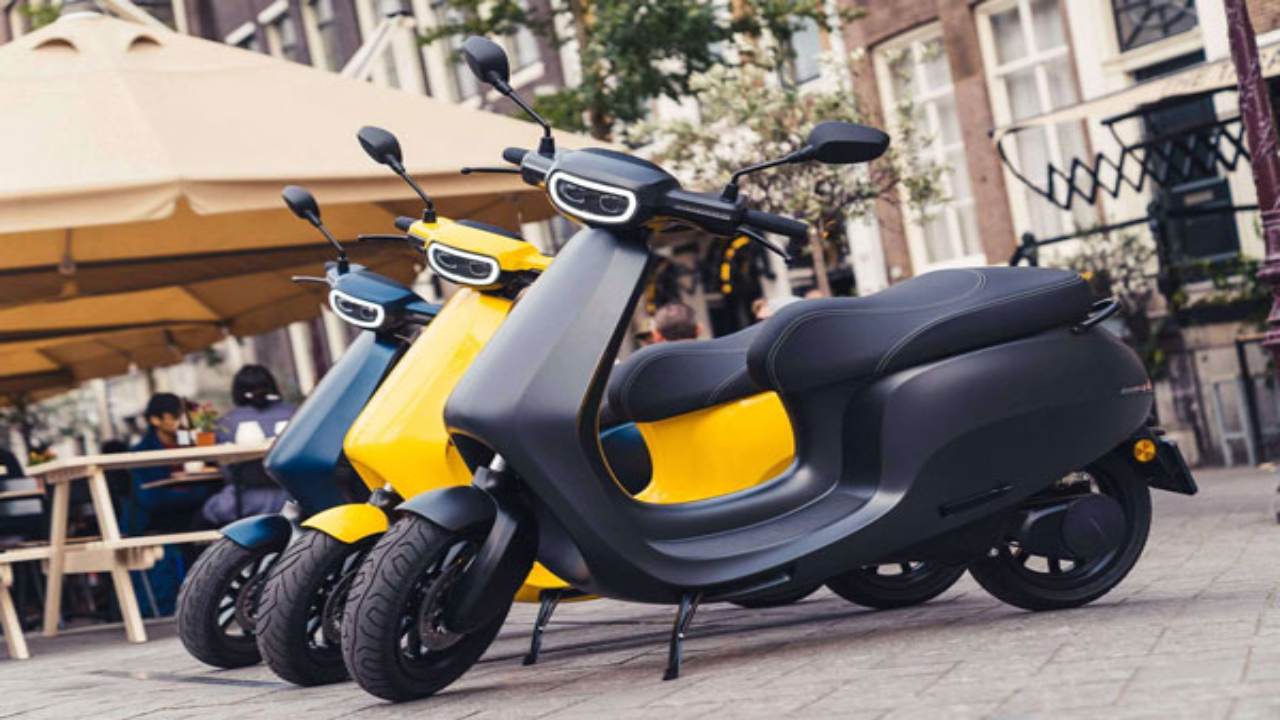

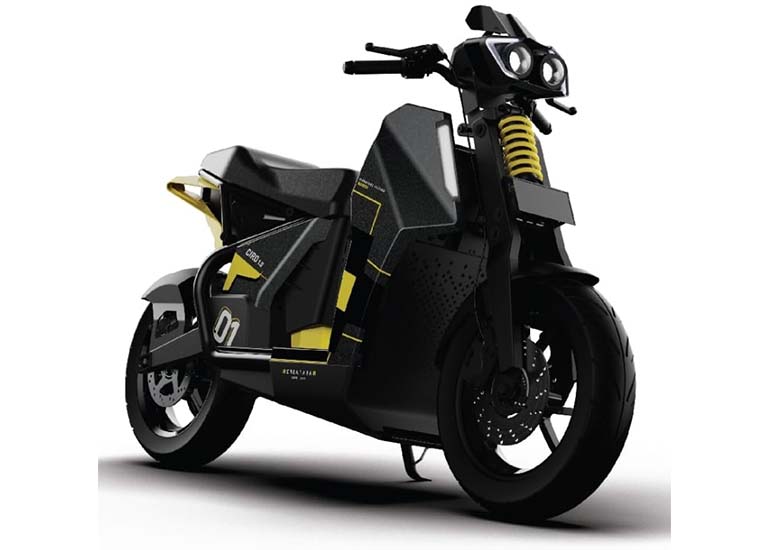


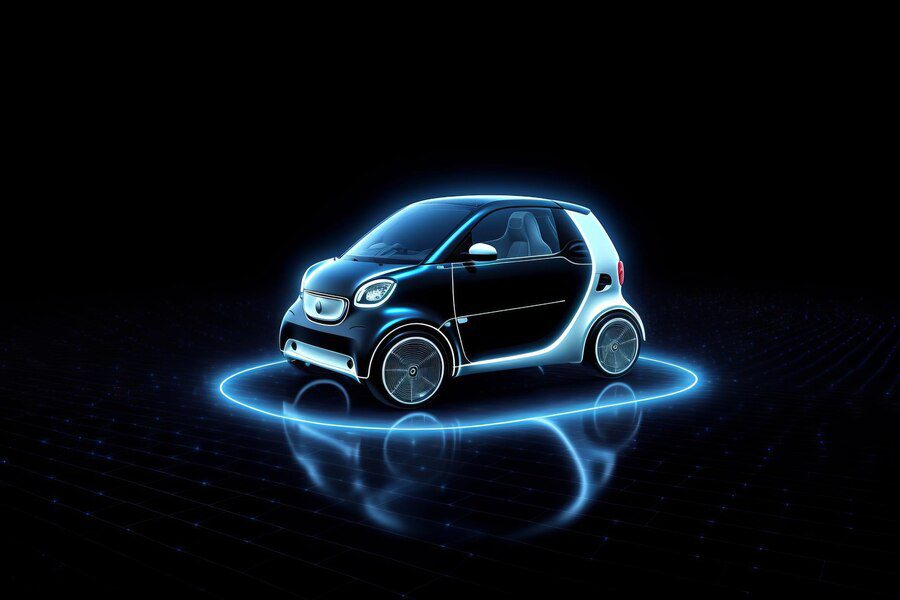
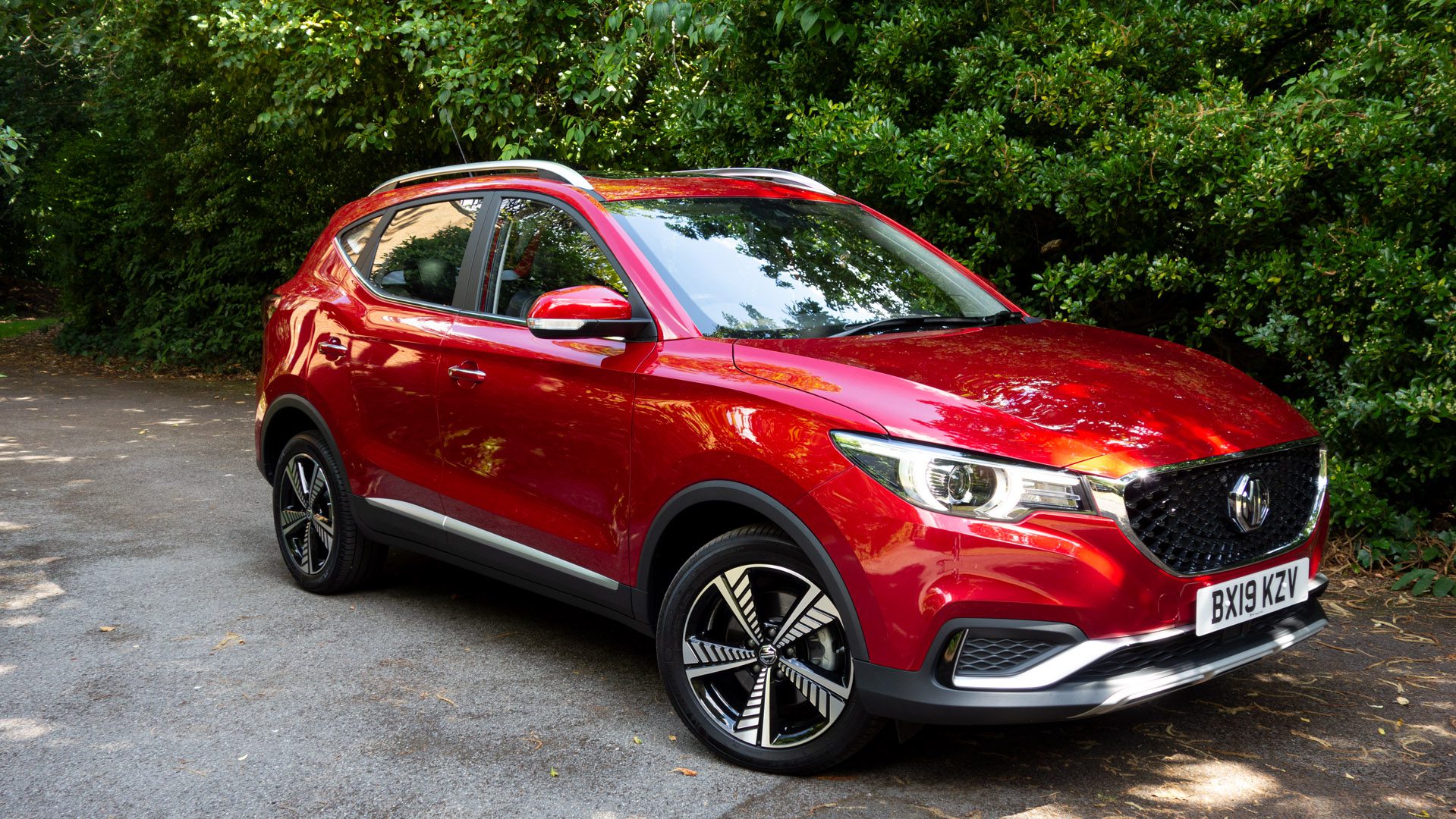



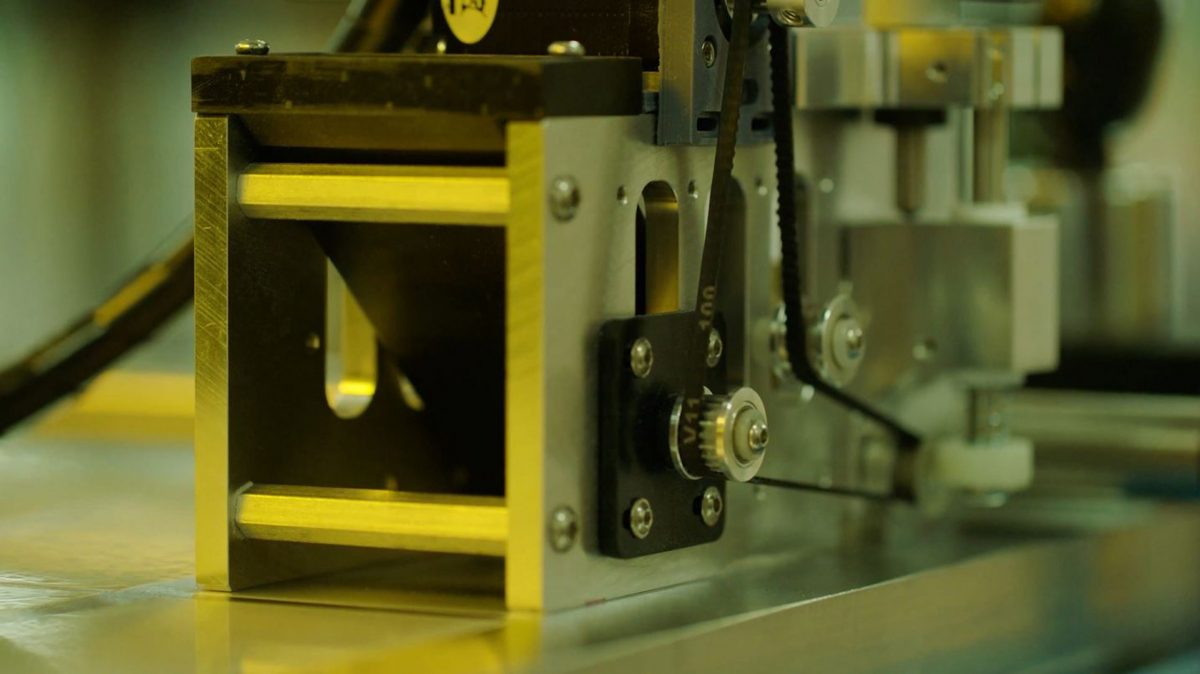
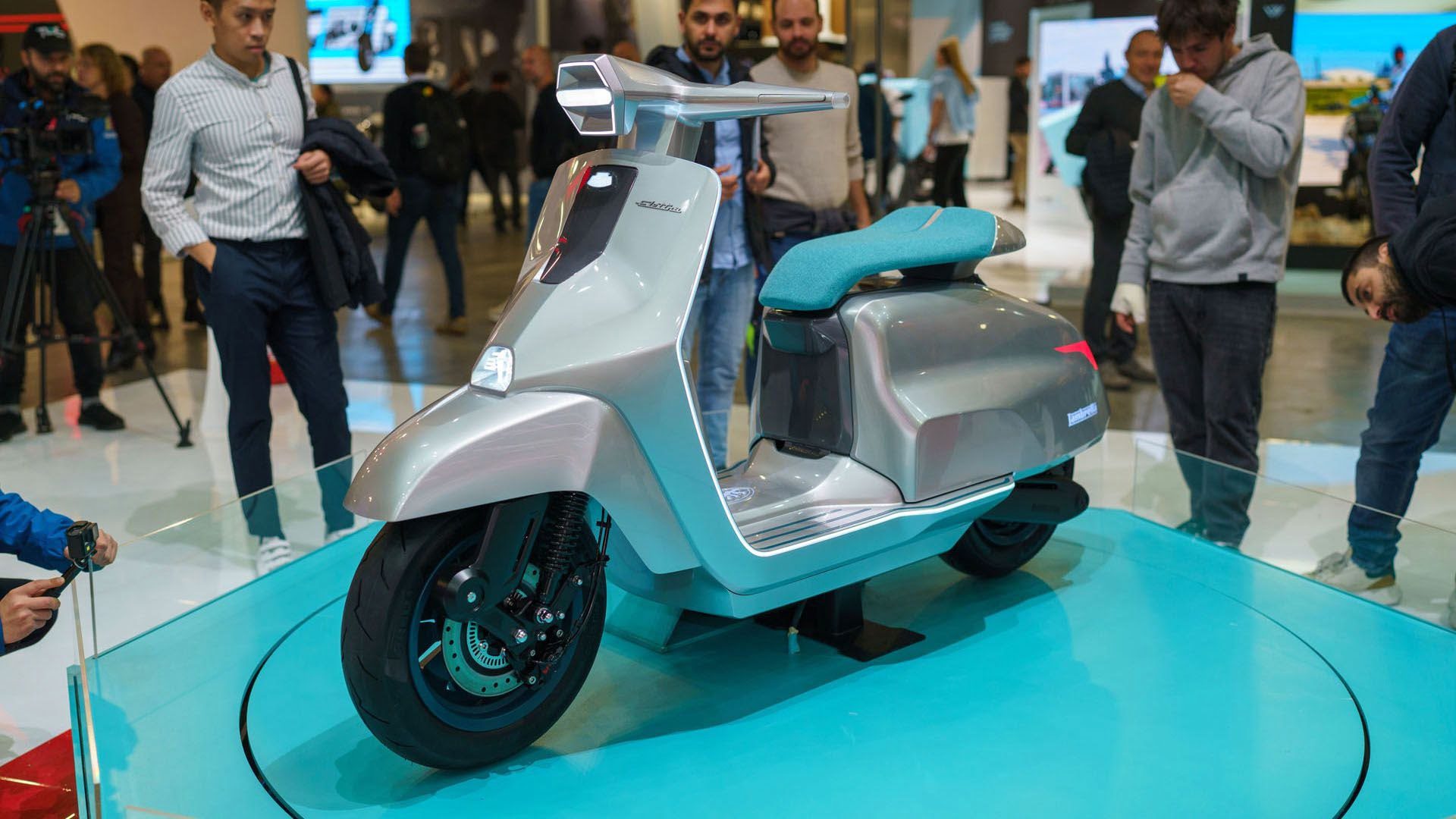
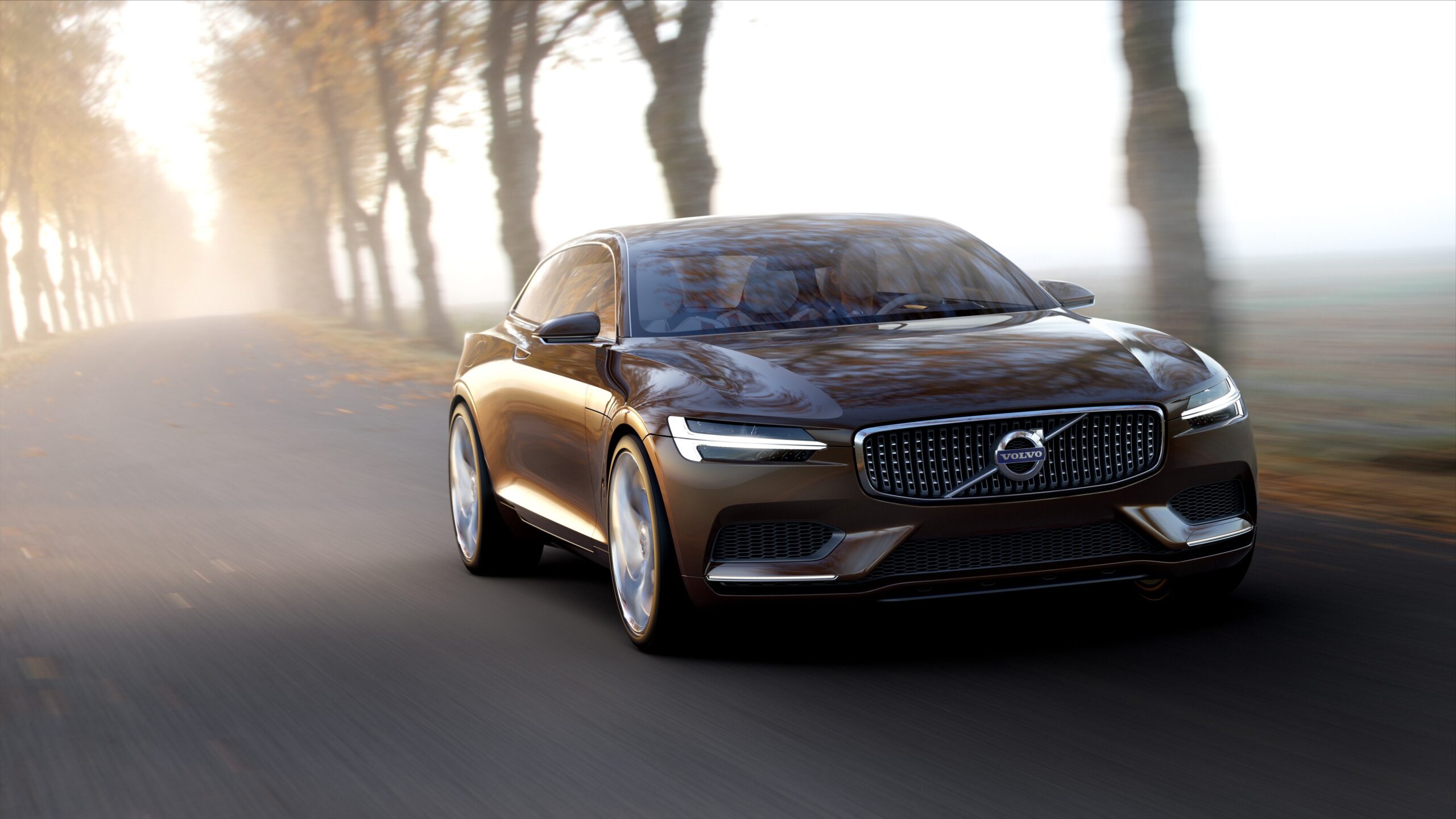
Leave feedback about this